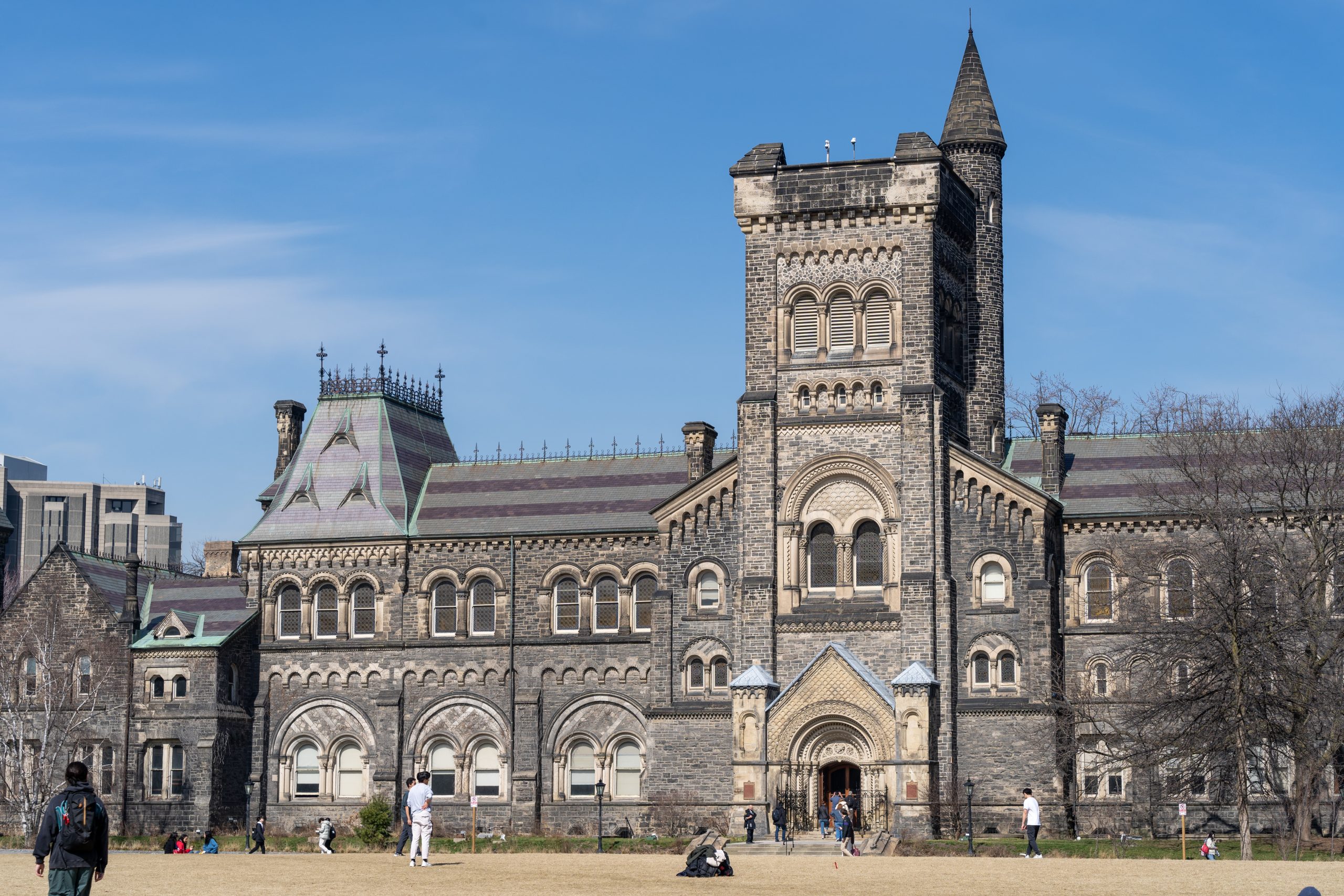Behind U of T’s World’s Most Sustainable University ranking
U of T was recently crowned the world's most sustainable university by the QS Rankings—but what does that mean and how did the university achieve this?
With Earth Month upon us, what better time to explore what it takes to be the most sustainable university in the world?
That distinction was awarded to the University of Toronto last December. This ranking reflects a university-wide commitment, with the Sustainability Office playing a contributing role. To learn more, we sat down with Scott Hendershot, senior manager of the sustainability office, to understand the rigorous application process, the meaning of this impressive title, a few of the key projects and initiatives that exemplify our achievement, and what the future holds for sustainability on campus.


One of the popular tools utilized by institutions in the QS World University Sustainability Ranking application process is The Assessment of Sustainability Knowledge (TASK). This 112-question assessment assigns a score and grants a certificate demonstrating sustainability literacy. TASK allows universities to measure and showcase their sustainability efforts, potentially strengthening their application for this prestigious ranking.
The QS Rankings recognizes that true sustainability encompasses more than just environmental responsibility, emphasizing a more holistic evaluation of its sustainability efforts across the entire university. Their robust assessment framework delves into over 75 data points, divided into nine “lenses” and further grouped into three main categories: environmental impact, social impact, and governance.
Let’s explore these key categories and some of the U of T initiatives that showcase our commitment in these areas.
Environmental impact
The QS rankings’ focus on environmental impact includes elements crucial to achieving sustainability goals, such as a university’s commitment to better than net-zero carbon emissions (or Climate Positive) and how well it integrates sustainability into its teaching.
“Our success can be attributed to the many ways sustainability is addressed across the University, from initiatives like Project Leap to partnerships with U of T startups” says Hendershot.


Project Leap is set to cut the St. George campus’s greenhouse gas emissions in half within three years. This ambitious project will significantly reduce the use of natural gas for heating and reuse heat in energy-intensive buildings through deep energy retrofits.
Social impact
Social impact reflects how a university contributes to the well-being of its students, faculty, and staff. This includes providing a quality education, promoting equality, and ensuring that students are equipped with skills for meaningful careers after graduation.
“U of T has social impact built into its fabric, which is demonstrated in our equity, diversity, and inclusion commitment,” says Hendershot.
Another example is the Sustainable Change Program launched by the Sustainability Office. Sustainable Students, the newest certification program, encourages students to assess their lifestyle habits through a survey, offering resources and highlighting best practices for sustainable living. Upon completion, students receive a sustainability certification badge – a virtual credential showcasing their commitment and inspiring others to follow suit. The program extends beyond students, offering certification for labs, offices, courses, residences, and events. This initiative aligns with the health and wellbeing and knowledge exchange lenses within the broader social impact category of the ranking criteria.
Governance
Governance looks at how students are empowered to participate in the University’s decision-making and the institution’s investment in resources like the Sustainability Office, which drive sustainability efforts.
The Sustainability Office not only guides University operations; it helps students play an active role in U of T’s sustainable future. For example, their student sustainability ambassador program trains volunteers who can then support sustainability efforts at campus events.
These examples highlight just a few initiatives that helped U of T earn the top spot in the QS World University Sustainability Rankings. This success reflects the dedication of countless individuals and projects across our campuses. From innovative research and courses to community partnerships, U of T’s commitment to sustainability is evident at every level, positioning us as a leader in building a more sustainable future and inspiring others to do the same.
While U of T holds the top spot for sustainability, Hendershot emphasizes that there is still so much to do – “it’s an ongoing journey and our goal is to keep pushing the boundaries of sustainability.”
